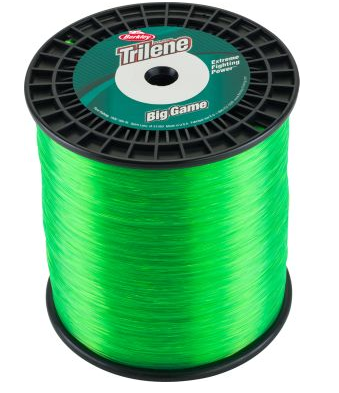Launching high altitude weather balloons can be a humbling and continual learning process. No matter how much you prepare for or how many launches you have done in the past, there is always an element of uncertainty and room for improvement.
Despite having over ten launches under our belts over the past seven years, a recent launch in Denver, CO in December 2019 reminded us that there are always new things to learn.
To save many of you from making these same mistakes, here are our top four key lessons from our recent launch.
Helium Gas Volume and Cylinder Size are NOT the same thing
Monofilament Fishing Line (e.g. Trilene) for attachment cord is NOT a good choice
Ground winds matter just as much as winds aloft
The importance of checklists to prevent human error
1 - Helium Gas Volume vs. Cylinder Size
It’s almost embarrassing to admit this, but we always assumed that a “125 Cylinder of Helium (BG125)” from Matheson would have 125 cubic feet of Helium. Turns out it only has 110 cubic feet!
We realized this when we got a BG300 tank from Matheson, and noticed under the “VOL/WT” column that it said 291 [cu ft] instead of 300.
And it’s not consistent; some tank sizes, such as a Size 200 Cylinder, may have more helium than you’d expect (219 cubic feet)!
So, how do you find out how much helium you are getting when you order a 60, 125, 300, or other tank from your helium gas supplier? First, you should always check the receipt of your helium tank, as it’s possible that volume can vary from supplier to supplier.
Here is a table for quick conversions of common helium tank sizes from Matheson Gas (reference):
Matheson Gas - Helium Cylinder Size vs. Helium Gas Volume
This explains some discrepancies we observed on past launches. We noticed that our flight profiles hinted at a slightly different amount of helium (under-filled) than we expected for a given helium tank.
2 - Monofilment Line (e.g. Trilene) is not the best line to use for balloon and parachute attachment
Throughout our launches, we have experimented with numerous attachment cords, ranging from different types of fishing line, to braided cord, and others.
While we’ve had success with each, our flight on December 2019 is likely the last time we will ever fly a monofilament such as Trilene (40 lb test).
We do NOT recommend using a monofilament line like Trilene - it tangles way too easily
Instead, go with a braided line that is more rope-like
Because the best launches will always be rigged and prepared before you start to fill the balloon, monofilament cords like Trilene will become a nuisance to handle and unravel.
While we could design a contraption to better manage the line, the fact is that it has too much memory and wants to stay “spooled” up, causing knots when you try to lay it out prior to launch.
At best, this can be a nuisance to untangle. At worst, it causes such a long delay that you are losing valuable battery time, and even that something can go wrong with a filled balloon that is otherwise ready to go.
This brings us to number three.
3 - Ground winds matter (sometimes even more than winds aloft)
This may sound obvious. However, we often get so tied up in looking at winds aloft and how they will impact our flight path that we forget about one key aspect of every launch: if you can’t get the balloon off the ground, nothing else matters.
Seeing as this was also our first time launching from that plains of Colorado (we’re more familiar with launching from dense forests and hills), it was a major lesson.
If wind gusts are as extreme as they were on our first day, it can be impossible to fill the balloon without the neck twisting, balloon pulling you about, and potentially even popping against the ground (which was the fate of our first day).
However, also keep in mind that the windier it is on the ground, the more clearance you will need in order to ensure that you can clear any obstacles such as trees, power lines, and mountains.
4 - The Importance of Checklists to Prevent Human Error
Last, but definitely not least, we didn’t heed our own advice and use a checklist.
There is a reason that airline pilots, surgeons and other key professionals use checklists. It isn’t that the individuals using them aren’t already highly-skilled and competent; it is because humans are prone to errors, and sometimes in the heat of a complex task, even the best people can overlook crucial steps.
In our case, we had also been sleep deprived due to travel, ill-prepared due to trying to put everything together the day before, hadn’t launched a balloon in over a year, and were launching a new flight design in a location we’d never been before.
While a checklist can help to ensure mission success, it can also ensure that all steps are followed to provide safety for both you and others.
Don’t try to figure stuff out as you go. Prepare in advance, no matter how many launches you have done before.
More Details About our Recent Launch…
Are you interested in hearing what it was that we recently launched in December 2019?
You’ll have to stick around for more of the details! We’ll also be sharing our latest flight configuration, including a new 3D printed housing design.





